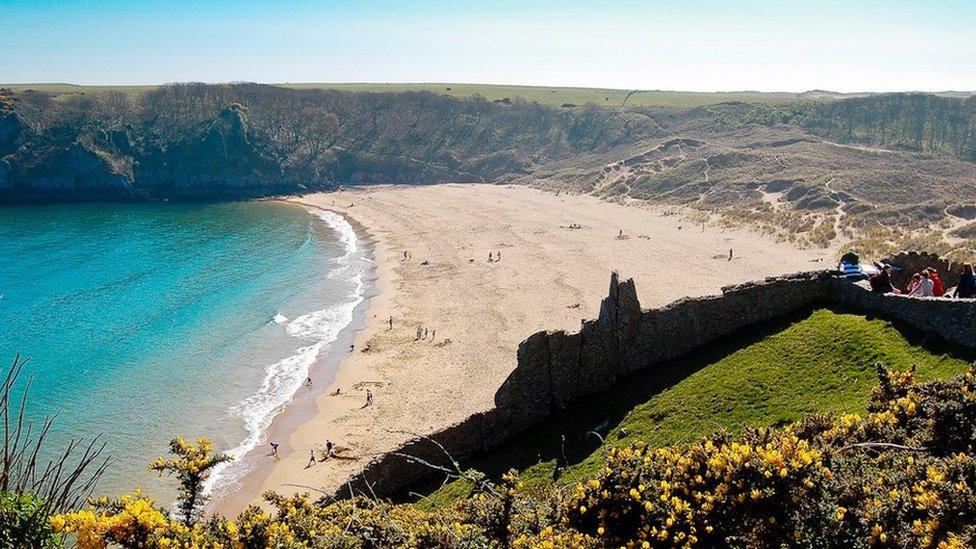Ten shortlisted in search for Scotland's 'best place'
- Published
Ten Scottish landmarks are facing off in a race to be named "Scotland's best place", external.
The Royal Town Planning Institute has joined up with the Scottish government to find places which have been "built, enhanced or protected by planners and the planning system within Scotland since 1914".
Judges have whittled down an initial 55 entries to a shortlist of 10.
Many of the shortlisted places are run-down city areas which have been turned around by regeneration "masterplans", but others are whole communities and towns or even protected rural settings which are said to have benefited from good planning and management.
The places are:

Dundee waterfront
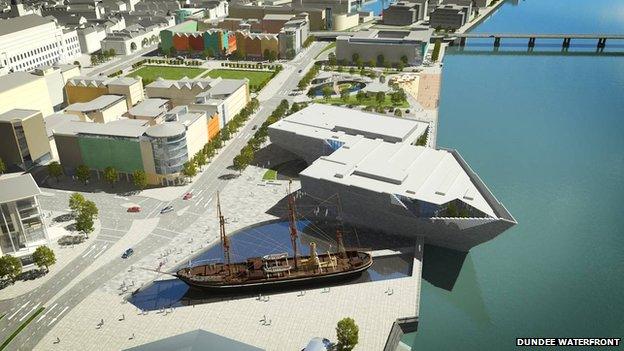
Dundee's waterfront is one place which made the shortlist by merit of a major regeneration project.
The £1bn drive to transform the city's outdated waterfront covers an 8km stretch of the River Tay's banks, with the city's £45m branch of the V&A museum, due to open in 2017, at its heart.
Judges praised the carefully-managed design for the area, which covers a period of 30 years of development.
Over the past year the south face of the city has already been completely altered by the demolition of the city's train station, towering former council headquarters Tayside House, the Hilton Hotel and Gala Casino and the old Olympia swimming pool.

East Kilbride
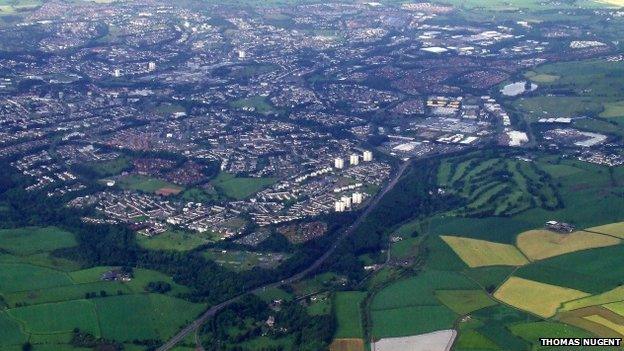
Another nominee has grown from being a rural Lanarkshire village to Scotland's sixth largest town, with a population of over 73,000, in less than 60 years.
The "new town" design of East Kilbride was drawn up in 1947 as part of a plan to alleviate housing shortages in the Clyde Valley.
Every detail of the town's first 5,000 houses, 11 factories, 50 shops, five schools and seven churches was painstakingly organised by the East Kilbride Development Corporation, and the development of residential and industrial areas continues to the present day.

Raploch
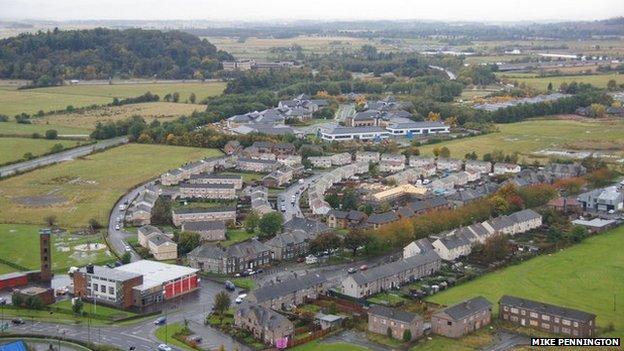
Raploch in Stirling is one town competing for the RTPI's title of "Scotland's best place"
Raploch, just outside Stirling, a community of some 2,800 people, has been recognised for the work of another local planning body, the Raploch Urban Regeneration Company.
For many years, there were fears Raploch had been left behind as the rest of Stirling saw a significant increase in economic activity and prosperity.
The 2003 masterplan for the area has delivered 900 new energy efficient homes, a new village square, a community education campus and sports facilities.

Royal Mile
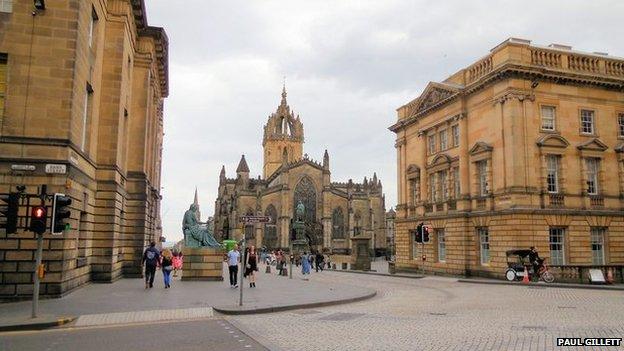
The Royal Mile, leading from Edinburgh Castle to the Palace of Holyrood, houses many city landmarks
A slightly more prosperous area on the list is Edinburgh's Royal Mile.
RTPI judges were impressed by the way careful planning and conservation work has allowed the historic street to retain its traditional character, but also adapt to new developments such as that at the Holyrood North site.
They noted that the integration of old and new along the street, which leads from Edinburgh Castle down to Holyrood, is complemented by attentive management which keeps it "safe, clean and well-maintained, and a good place to live".

West Highland Way
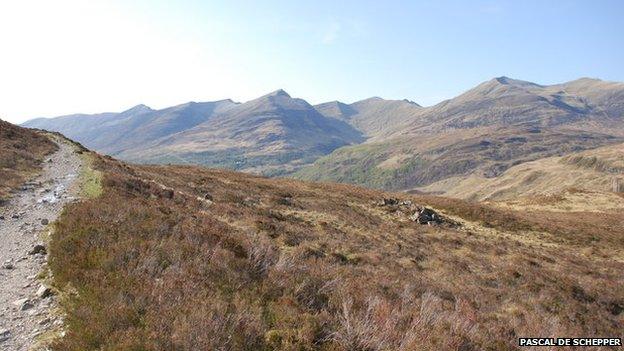
The 96-mile West Highland Way took six years to develop
As well as urban locations, several areas of natural beauty were included in the shortlist.
The West Highland Way stretches 96 miles from the foot of Ben Nevis at Fort William to Milngavie in East Dunbartonshire.
The trail took six years to develop before opening in 1980, and is protected and promoted by the 1995 Strathclyde Structure Plan.

Loch Lomond and The Trossachs National Park
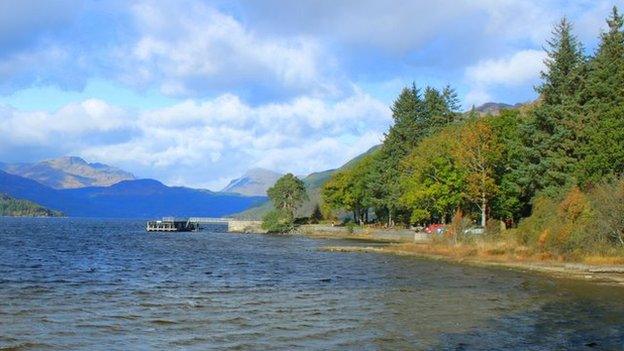
Loch Lomond and the Trossachs National park covers 720 sq miles of diverse countryside
The West Highland Way path actually passes through Loch Lomond and the Trossachs National Park, which is also in the running.
The park stretches across 720 sq miles of rolling lowlands and high mountaintops, housing 21 Munros, 19 Corbetts, 22 large lochs and 50 rivers.
Judges praised the National Park Authority's role in overseeing all planning and related applications within the boundary of the park, which is home to 15,600 people.

Glasgow's Merchant City
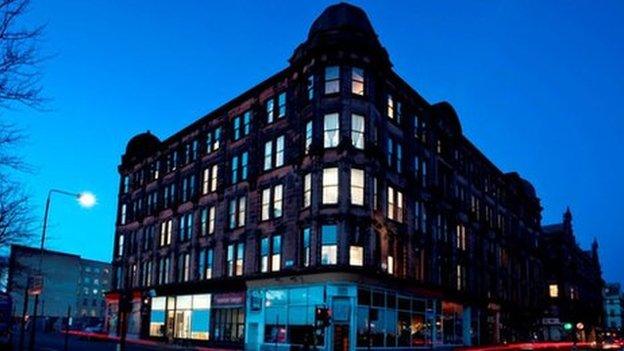
Glasgow's Merchant City has seen prize-winning regeneration projects such as the South Block building
Several developments in Glasgow were chosen, including the Merchant City and Crown Street in the Gorbals.
Merchant City was highlighted for the series of strategic plans and actions taken to "brand" the area.
Buildings such as the South Block have won architectural prizes for regeneration projects, while the area as a whole has undergone a physical, economic and social transformation.

Crown Street, Gorbals, Glasgow
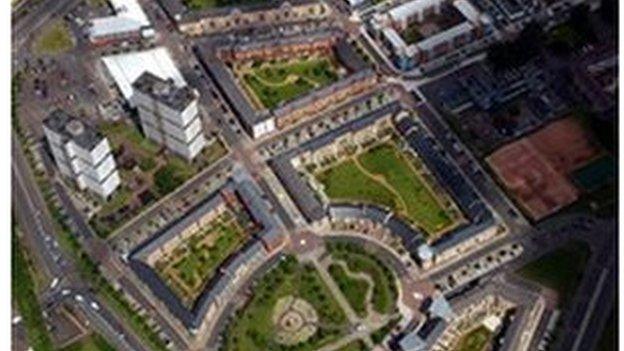
Crown Street was also highlighted due to redevelopment work, thanks to the Crown Street Regeneration Project set up in 1990.
A masterplan was drawn up for the neighbourhood, which includes 1,270 private sector homes, 600 socially rented homes, 12 local shops and a supermarket, a hotel, a library and a local park.

Lerwick
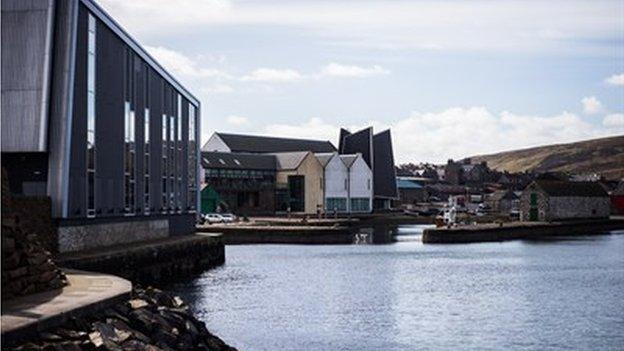
The second waterfront entry on the shortlist is also reaping the benefits of a detailed regeneration plan, this time in Lerwick.
In 1991 the local council drew up a Town Centre and Waterfront Strategy, establishing a cultural quarter and a new arts centre and restoring listed historic buildings in the area.
Judges noted that the project has transformed the waterfront into "a vibrant extension to the town centre".

Forth and Clyde Canal
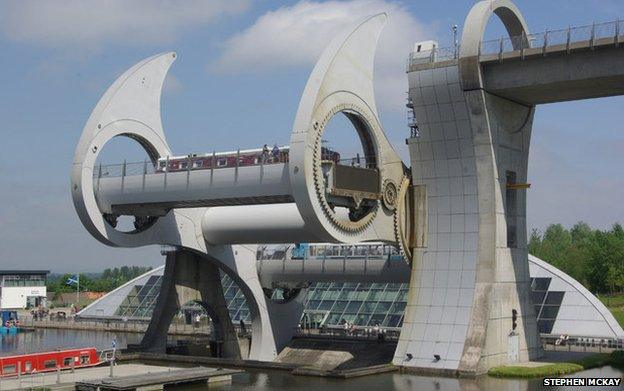
The Falkirk Wheel is the world's only rotating boat lift
Finally, the Forth and Clyde Canal won a nomination chiefly for the construction of the Falkirk Wheel.
The canal, which originally opened in 1790, had been cut off from the nearby Union Canal leading to Edinburgh since 1930.
However the Falkirk Wheel, the word's only rotating boat lift, opened in 2003 as part of the £83m Millenium Link project, re-opened the water route between the Forth and the Clyde for the first time in 70 years.
RTPI president Cath Ranson called on the public to vote for their favourite place from the shortlist.
She said: "We hope that in doing so, people talk to their friends and relatives about what they value most about each of the places, and that the discussion provokes debate about the positive and persuasive role planners have in creating great places."
- Published8 November 2013
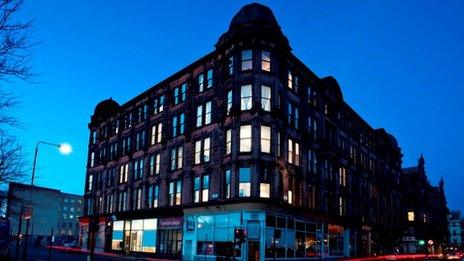
- Published1 October 2013
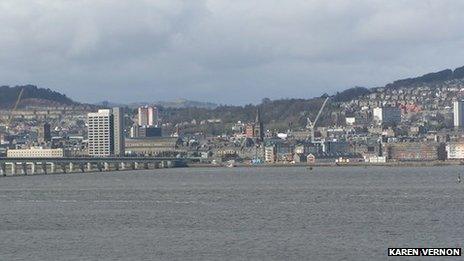
- Published10 July 2013
